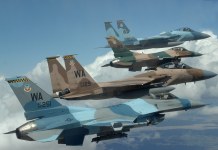Indian DRDO recently test-fired an advanced variant of the nuclear-capable and canisterized Agni-class of missiles (Agni P) with a range of 1,000 and 2,000 km on June 28.
The successful test is one of the major achievements of India’s Defence Research and Development Organization (DRDO). But, can the DRDO claim to have lived up to the overall expectations when it was created on January 1, 1958?
Ravi Kumar Gupta, who served as a scientist in the DRDO for almost 35 years and superannuated as Director of Public Interface at its headquarters in New Delhi, has just authored a book DRDO (Rupa Publications, 2021) that has tried to answer the above question.
The book assumes significance in the context of the “Atmanirbhar Bharat” policy, under which the Modi government has not only banned the import of more than 200 (209, to be precise) weapons, platforms, and defense equipment but also endorsed “making” India a major exporter of arms in near future.
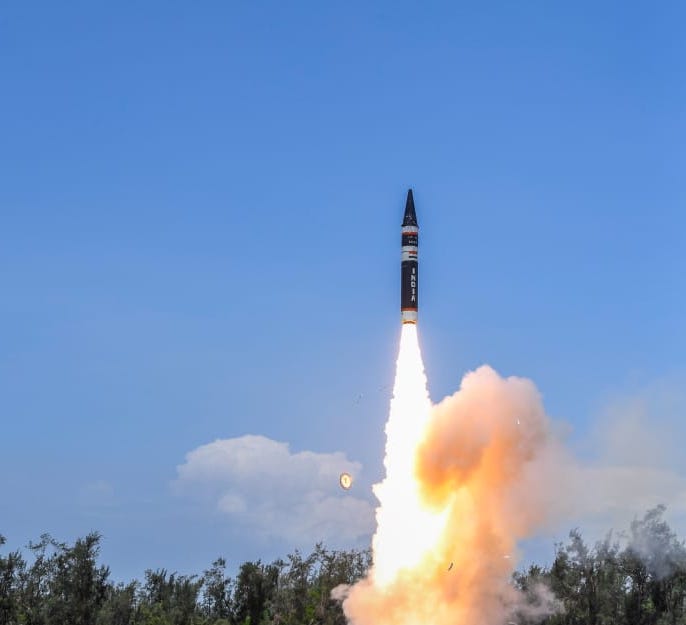
At the first glance, Gupta’s book, which is an insider’s account, deals with DRDO’s achievements as it has evolved over the last 63 years, particularly in the areas of missiles of various kinds, including the Agni-series and the world’s fastest supersonic cruise missile Brahmos; fourth-generation plus light combat aircraft, Tejas; state of the MBT, Arjun; a multi-barrel rocket launcher system, Pinaka, with guided rockets; an airborne early warning and control system (AEW&C); and a wide spectrum of radars, electronic warfare systems, laser instruments, and supercomputers among others.
On closer scrutiny, however, Gupta seems to have admitted that notwithstanding the DRDO, India until recently was the world’s largest importer of defense products and is currently the world’s second-largest importer after Saudi Arabia.
Although Gupta does not say so in clear words, he seems to realize the importance of two serious drawbacks of the DRDO as far as its overall performance is considered.
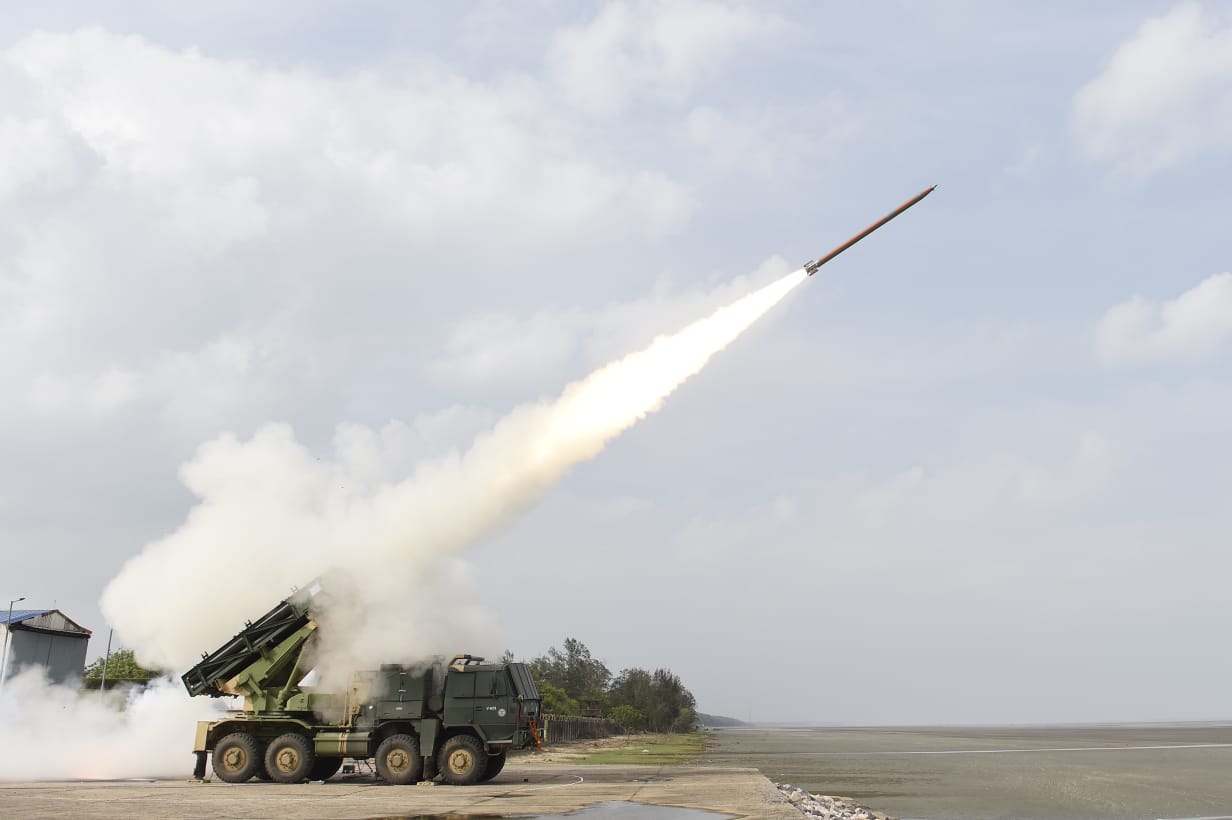
One, it promises more but delivers less. There have been undue delays in the completion of its major projects. Two, more often than not, the armed forces are not satisfied with the quality of its products and avoid using them.
However, Gupta is candid enough in his book to highlight some inherent limitations that the DRDO has been plagued with. Three of them are particularly noteworthy.
India’s ‘Import Mania’
First, self-reliance in India’s defense sector is the indirect outcome of what he says “import-mania”.
In the beginning, it was advised that a newly independent India should not spend time, money, and energy in making efforts towards developing weapons and military systems as she, as a Commonwealth country, could procure them easily from Great Britain.
Thus began, according to Gupta, the saga of perpetual imports, import-mania and associated scams and scandals. Whether the Jeep scandal was the first one or not is purely of academic significance, especially in light of the fact that investigations into each and every scam have ended in “No one killed Jessica” syndrome.
End Of Road For Indian Air Forces’ Nuclear-Capable Ground Attack Fighter Jet – The SEPECAT Jaguar?
Gupta seems to have a point when he points out that the policies and procedures related to defense procurements formulated by successive governments since independence were designed to promote imports rather than promoting self-reliance.
In tune with such policies, the Indian private sector industries, until about a couple of decades ago, were considered unreliable and hence untouchable for manufacturing finished defense products.
Is India’s ‘Techno Nationalism’ In Defense Production Relevant In Today’s World?
And this, ironically, has been the case even as nearly all of the defense products imported by India have been manufactured by the private sector companies of big arms-selling countries, with the arguable exception of Russia.
Lack Of Autonomy Plagues DRDO
Secondly, DRDO has not enjoyed the autonomy it requires to excel because of the domination of civilian bureaucracy in the entire decision-making process in the Ministry of Defence, Gupta laments.
According to him, whereas the political leadership of successive governments since independence has been changing, bureaucracy is the only element with continuity dating back to pre-independence days.
“Still more interesting has been the fact that proverbially speaking, the ‘Ajar, ‘Amar, Avinashi’ bureaucracy seems to have always enjoyed the status of “the holiest cow” with nil accountability for the successive scams or for the pathetically poor levels of self-reliance or for slow production rates and suboptimal quality standards that have been the hallmark of the monopoly defense production agencies owned by the government and controlled through a complex setup headed by the bureaucracy.
Why Al Qaeda’s Revival In Afghanistan Could Spell ‘Big Trouble’ For India In Kashmir?
“In such a bureaucratic ecosystem, any departures from precedence and set rules are an open invitation to troubles. R&D and innovation, by their very nature, are change agents and therefore do not have precedence. Archaic rules are known to be far from being conducive to the efficient and effective management of the R&D, which actually need adaptable procedures.
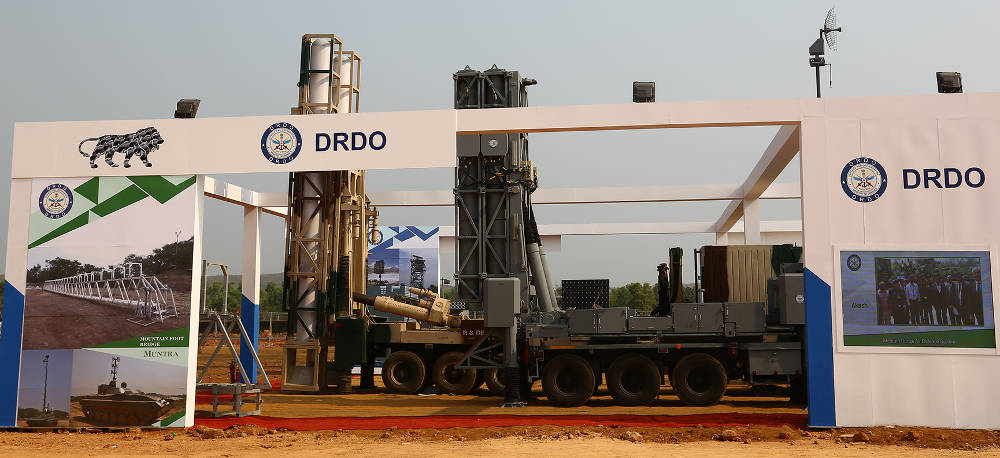
“The DRDO leadership and scientists, in the absence of autonomy on the lines of what was available to other S&T organizations in the country, had to keep wasting very significant amounts of their time, energy and efforts in seeking even minor deviations from the precedence. In many cases, the results after several years of struggle would involve choosing either the trunk or the tail, instead of the elephant sought”, Gupta argues.
Perennial Shortage Of Funds
Thirdly, budgetary allocations for DRDO since inception have remained pathetically low. The defense R&D expenditure as a percentage of the GDP has not gone above even 0.1 percent.
If seen in terms of the percentage of the defense budget, it is not even 10 percent (about 6 percent), whereas the US and China are spending approximately 12 percent and 20 respectively on defense R&D of their respective defense budgets which are much higher in value compared to that of India.
The low budgets seem to have a collateral impact on the DRDO retaining young talents, who, because of career promotion, prefer better avenues. In other words, the DRDO does not have enough talented scientists on its payroll.
Similarly, Gupta offers some thought-provoking suggestions for the DRDO’s future. Two of them merit particular attention.
Way Forward
One, in terms of approach to defense R&D, the DRDO must gradually switch to mainly technology-driven approach, handing over the equipment approach to the industry and more and more industries, particularly in the private or joint sectors, mature to a “build-to specifications” mode and finally to a “build-to requirement” mode.
Till then the DRDO may continue to support the industry as a bridge between the services and the industry.
As it is, the DRDO has now granted free access to its patents on a license basis. Here the aim is to promote innovative applications of DRDO patents by enhancing the level of connect between the creators of these intellectual property rights in DRDO and the potential users, who may, without hurdles, be able to translate these ideas into applications and products in their own innovative ways.
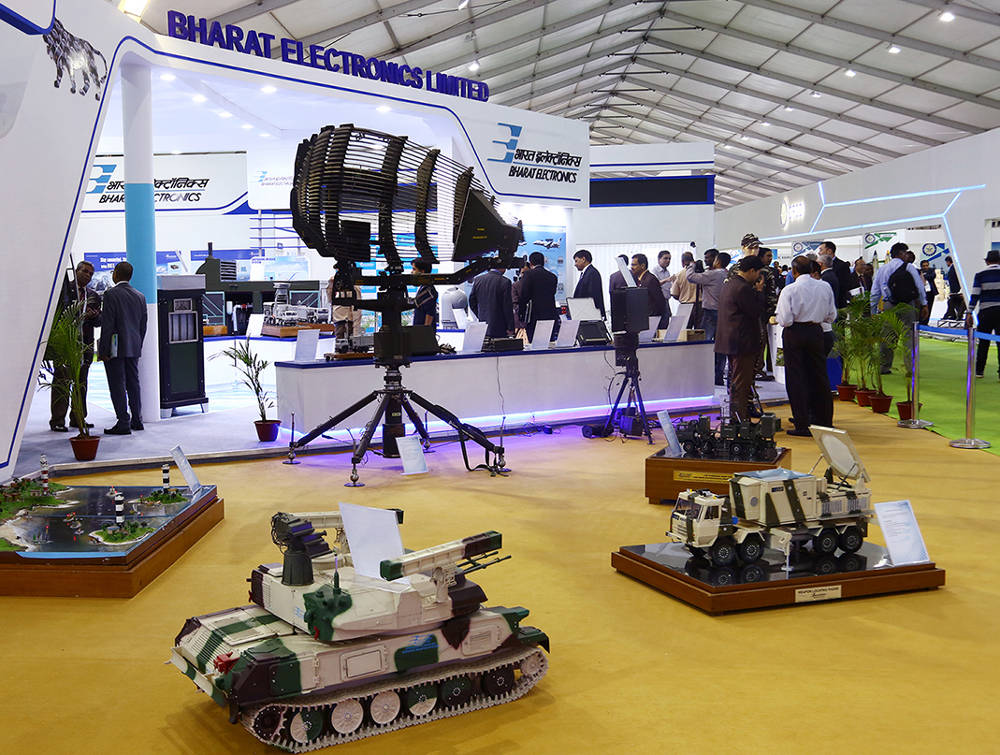
Enhancing synergy between DRDO innovators community and Indian industry will provide an opportunity to Indian industry for enhancing their capabilities and help them in climbing up in supply chain besides leading to the cross-fertilization of ideas and promote the spirit of entrepreneurship among our citizens, Gupta argues.
Secondly, given the emerging threats of possible conflicts in such new areas as space, ocean-depths, cyberspace, and biological/chemical warfare, the DRDO should focus on new technologies to deal with these threats.
Will Israel Lose Its ‘Numero Uno’ Spot As The Most Powerful Air Force In The Middle-East?
Though the DRDO has been working on some of the technologies such as quantum computing, nano-electronics, 5G and higher generations of communication technologies, robotics and autonomous systems, artificial intelligence (AI) and cognitive technologies, their further refinements with the new ones is now the need of the hour, in the wake of the new theaters of war.
It seems many in the defense establishment will agree with Gupta. The Chief of Defence Staff, General Bipin Rawat’s remark in the wake of the latest drone attacks on the air-base in Jammu that “we have to start preparing for future generation warfare” is instructive in this regard.
READ MORE



